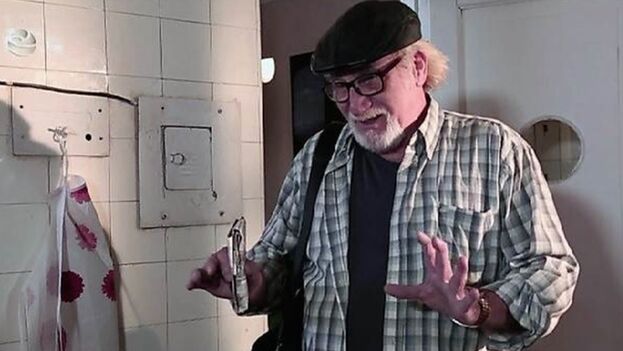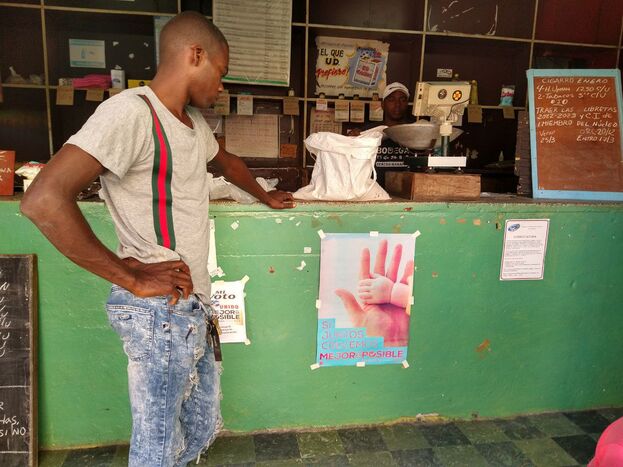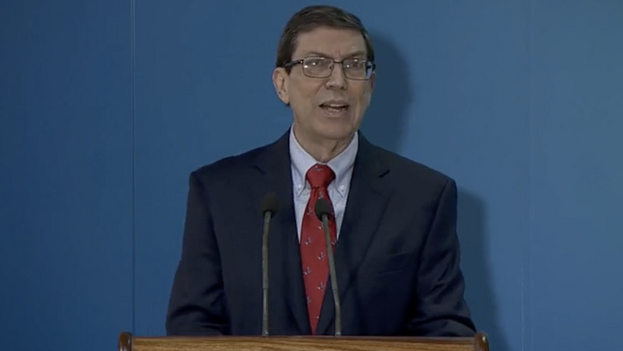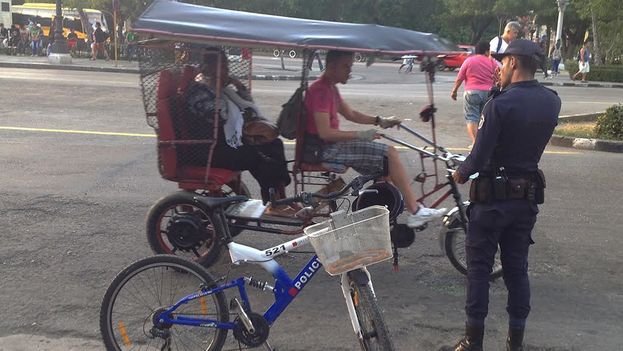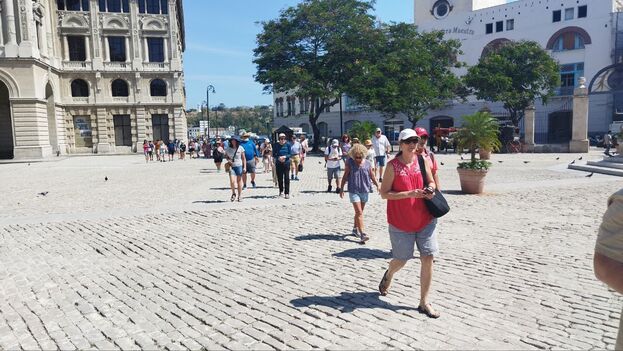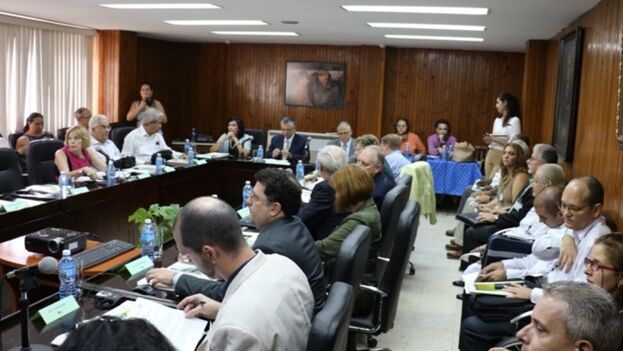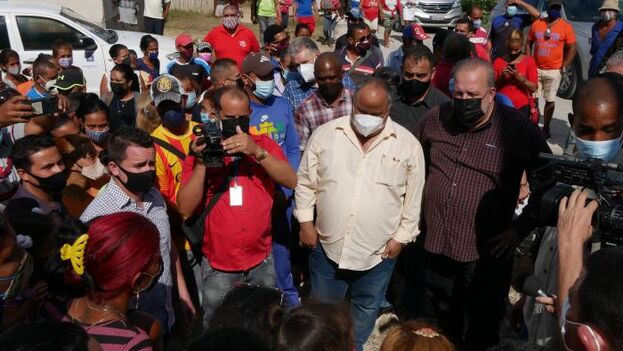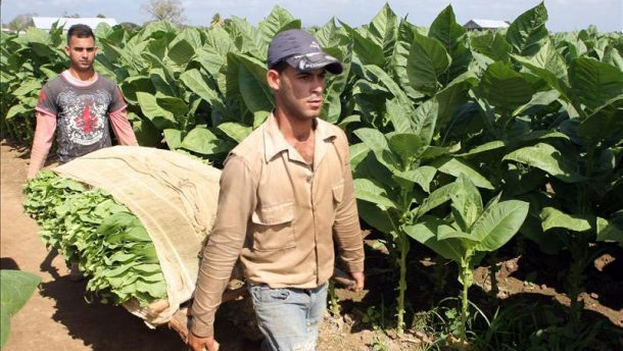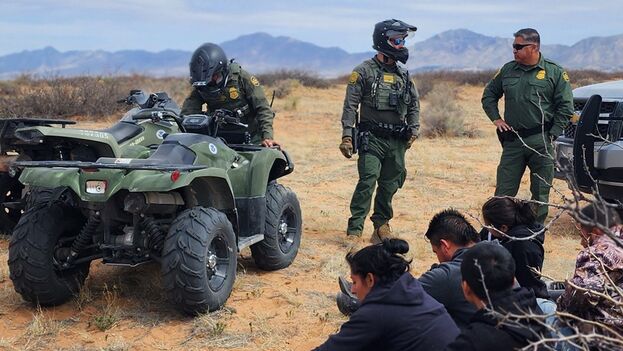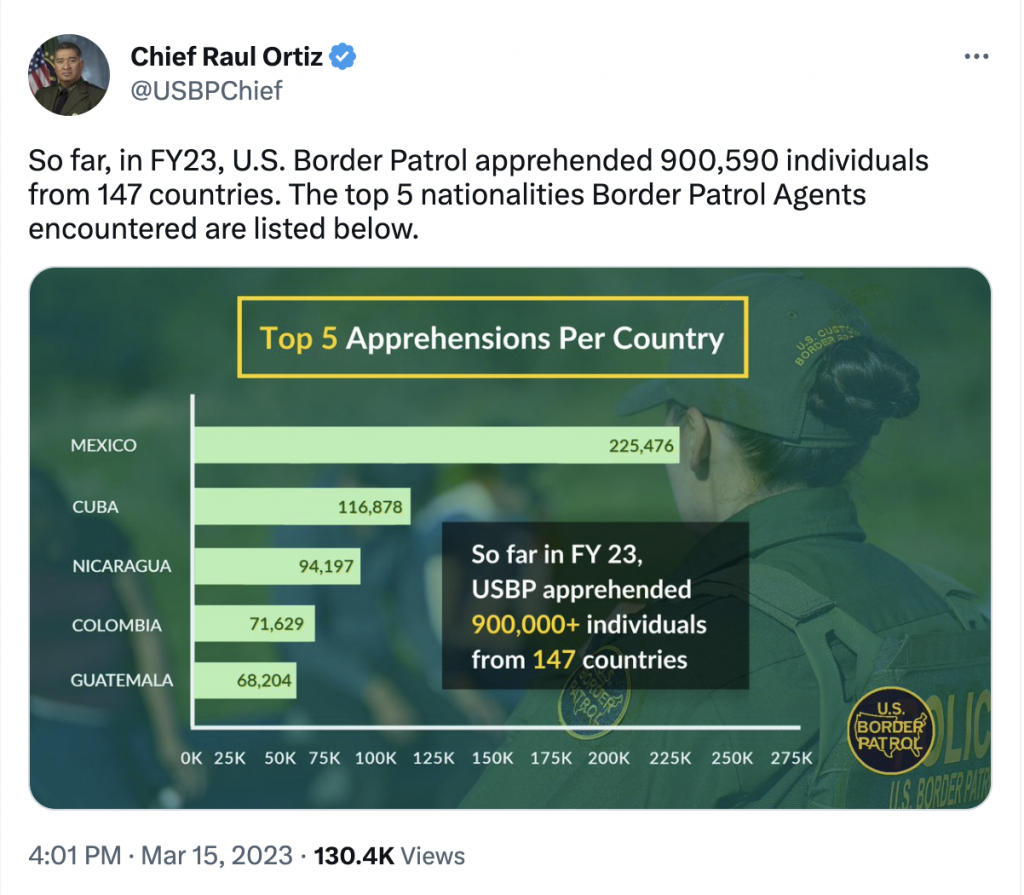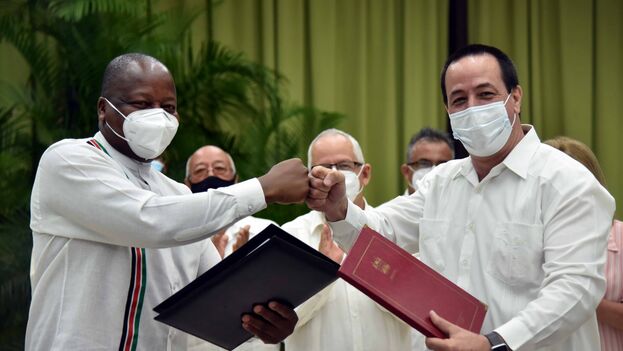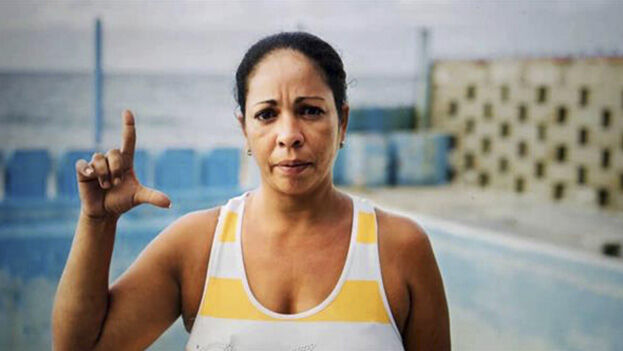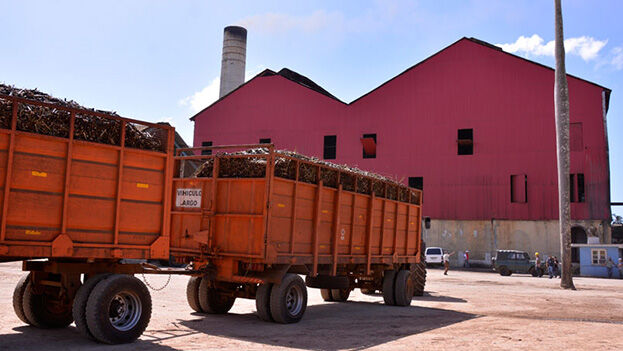
![]() 14ymedio, Madrid, 24 March 2023 — Given the lack of staff in one of its hospitals, a local government in Northern Ireland (United Kingdom) is asking Cuba for doctors. As reported on Thursday by the BBC on its news website, the authorities of Fermanagh County have sent a letter to the Embassy of the Island in London in which they ask if the Henry Reeve Brigade “could provide assistance” to the South West Acute Hospital, in Enniskillen, “so that it can meet the required staffing standards.”
14ymedio, Madrid, 24 March 2023 — Given the lack of staff in one of its hospitals, a local government in Northern Ireland (United Kingdom) is asking Cuba for doctors. As reported on Thursday by the BBC on its news website, the authorities of Fermanagh County have sent a letter to the Embassy of the Island in London in which they ask if the Henry Reeve Brigade “could provide assistance” to the South West Acute Hospital, in Enniskillen, “so that it can meet the required staffing standards.”
The center had suspended its general surgery service in the emergency room last November due to a lack of healthcare workers.
As is the case throughout the United Kingdom with its National Health Service, the management of the hospital budget and the hiring of personnel are carried out by trusts that are distributed throughout the country. In this case, the Western Trust is responsible.
On March 15, the county’s policy and resources committee extended an invitation to this trust to accept the proposal, but the local media has not reported whether it has responded or not.
The Fermanagh Herald mentions that the problems of this trust “to recruit and retain medical personnel” in that hospital have caused a crisis, which local councilors are trying to remedy by importing Cuban health workers. continue reading
The diplomatic headquarters responded to the politicians immediately, indicating that the request for medical personnel had been transferred to the Ministry of Public Health of Cuba. A letter signed by Marta Castillo, who is in charge of cooperation matters at the Embassy, asks for as many details as possible about the staff and specialties required by the County Council, and also suggested holding a video call with the councilors about it.
Not all members of the Fermanagh Council, however, are satisfied with the hiring of Cubans. The most enthusiastic is independent counselor Eamon Keenan (from the left, judging by his social networks), who is responsible for the initiative and stated that he “never had any doubt” that Cuban doctors would take the county’s request seriously. He alleged that the Western Trust itself had expressed its willingness to hire staff “at the international level,” so this was “a great opportunity.”
“Cuba, a country that lives under strong economic sanctions from the United States, can and is willing to send medical support to us, the poor people of Fermanagh,” Keenan said.
Counselor Victor Warrington (of the Unionist Party) was more skeptical and pointed out that they need “permanent responses to our problems and not a Band-Aid.” In addition, he specified that the imported Cubans “probably would be temporary.”
For his part, Donal O’Cofaigh (of the Labor Party), said that even if Cuban doctors were there for only one or two years, their presence could help “stabilize” the situation until they found “permanent surgeons.”
The Henry Reeve Brigade, defined as an “international contingent of doctors specialized in situations of disaster and serious epidemics,” was created by Fidel Castro in 2005, as propaganda after the passage of Hurricane Katrina in New Orleans.
Since then, it has intervened in different countries in cases of floods, earthquakes and outbreaks of diseases such as Ebola. During the COVID-19 pandemic, it acted in a total of 40 countries, according to data from the Cuban Government.
Unlike other missions in Havana, it boasts of being “charitable,” and has even been proposed for the Nobel Peace Prize. According to the NGO Cuba Archive, the Henry Reeve Brigade is simply an “exportable product” of the military dictatorship, and, as it warned the award committee in Oslo in a public letter in 2020, “it is an intrinsic part of a human trafficking scheme” that violates international law.
Translated by Regina Anavy
____________
COLLABORATE WITH OUR WORK: The 14ymedio team is committed to practicing serious journalism that reflects Cuba’s reality in all its depth. Thank you for joining us on this long journey. We invite you to continue supporting us by becoming a member of 14ymedio now. Together we can continue transforming journalism in Cuba.

